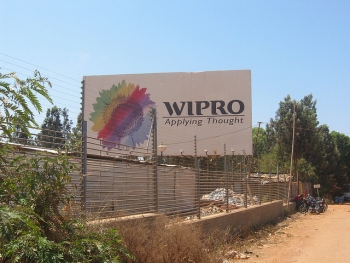Sustainable development(SD)

Sustainable development refers to any practice that meets the needs of the present without compromising on a future generation’s ability to meet their own needs. The Brundtland Commission coined this definition, along with the term itself. A small but good example is that oft-repeated plea to turn the water off when you’re brushing your teeth. It isn’t something that tree huggers and hippies are briefed to repeat; it’s a reminder that, unless we take the matter into our own hands, natural resources on the planet are fast depleting and future generations might pay the price for our callousness.
Most conversations about sustainable development contain two key concepts, which also come from the Brundtland Report. The first is the concept of needs. This refers to the needs of the world’s poor, which should ideally override any other need. The second is the concept of limitations, which refers to the limitations enforced by nature, society or technology, on the environment’s ability to meet present and future needs.
Sustainable development is often seen as involving four domains: environmental, economic, political and cultural sustainability, the last of which is the newest inductee into the realm. Space and time play important roles in this development as well. When the world is seen as a system involving space, we begin to understand how air pollution in North America affects Asia’s air quality; what is often termed the Butterfly Effect. When the world is seen as a system involving time, we understand how the lifestyles of our ancestors dictate how we live today, how economic policies that are formed in the present will dictate the standard of several millions of lives in the future.
There are several great examples of sustainable development that can both help us learn and be inspired. Harnessing wind energy to provide power to homes and offices, and to pump water, is one of the best examples. Crop rotation is a chemical-free way of maximizing the growth potential of farmland, as it diminishes the presence of disease in the soil. Building home and offices that are energy efficient and that use recycled and renewable material is a way to incorporate sustainable development into residential and commercial constructions in urban societies. Incorporating green spaces into urban development encourages wildlife and provides opportunities to enjoy outdoor spaces even in larger commercial cities.
Channeling solar energy to power homes, using energy-efficient gadgets, avoiding long showers and soaks in the tub, using recycled products and adopting a plastic-free life are several small ways to personally engage with sustainability.
